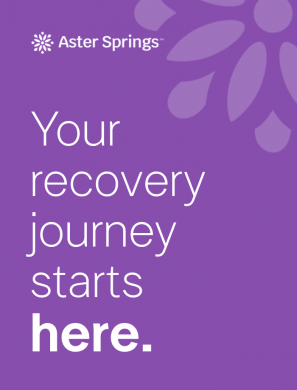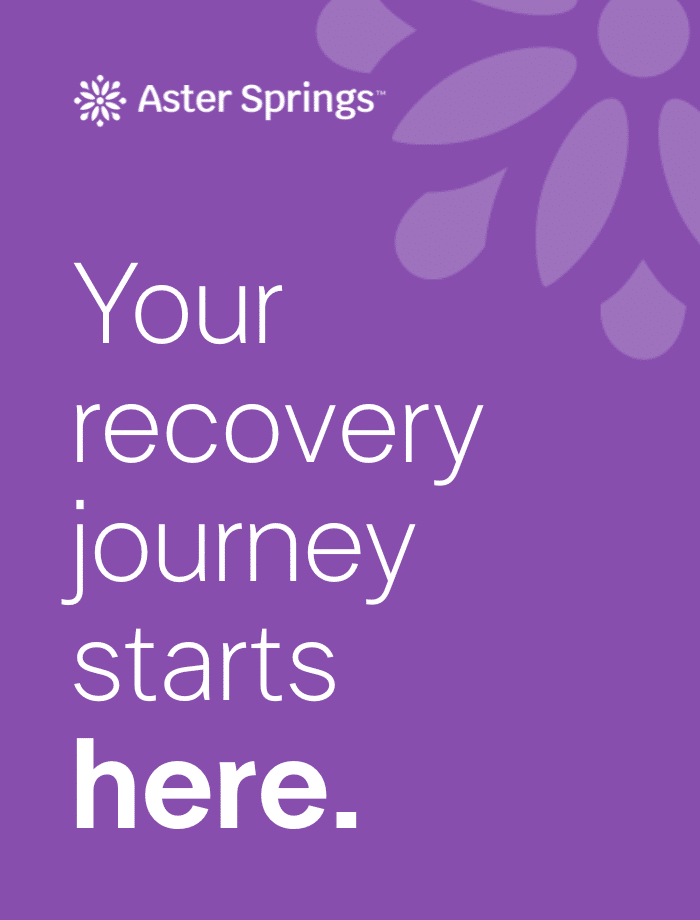In recent years, “healthy eating” has grown from a personal goal into a cultural movement. Social media feeds are filled with vibrant smoothie bowls, grain-free recipes, and tips for eating “clean.” Advances in nutrition science have deepened our understanding of how the quality of our food affects not just our bodies, but our mood, energy, and even mental clarity. For many, the motivation to eat well comes from a place of care — wanting to nourish the body, protect long-term health, and feel our best.
But for some, that positive intention takes an unexpected turn. The same drive to eat “right” can spiral into a rigid, anxious, and all-consuming preoccupation with food purity. This is orthorexia — a disordered pattern of eating where the pursuit of health becomes a source of harm. It’s a condition that can lead to physical depletion, social isolation, and emotional distress, and often requires professional help to overcome.
What is Orthorexia Nervosa?
Orthorexia nervosa was first described in 1997 by Dr. Steven Bratman to capture this specific obsession with eating “pure” or “perfectly healthy” food. Unlike anorexia or bulimia, orthorexia is driven by quality — not quantity — of food intake (Dunn & Bratman, 2016), though it remains unrecognized in major diagnostic manuals like the DSM-5.
This gray area makes it hard for clinicians and researchers to agree on who actually has orthorexia versus who simply cares deeply about nutrition. A key step forward came from a 2023 review in Nutrients, which emphasized that common questionnaire tools and diagnostic criteria are inconsistent, urging the development of unified, validated measures to properly identify and treat orthorexia (Horovitz & Argyrides, 2023).
How Common Is It + Who’s Most at Risk?
Numbers on the overall prevalence of orthorexia vary widely, largely due to the different tools used to measure and evaluate the condition itself.
Among individuals who exercise regularly — including athletes and fitness enthusiasts — about 55% showed signs of orthorexic behavior in a 2023 meta-analysis (Hafstad et al., 2023).
Review studies reveal that those studying or working in health-related fields — like dietetics or nutrition — may be particularly vulnerable, especially early in their training or careers (MDPI, 2024).
Broader systematic reviews show prevalence can range from as low as 2–3% to well over 80%, depending on the method and population studied (Cambridge review, 2024; Int. J. Environ. Res. Public Health, 2021).
Orthorexia is not a condition that affects everyone equally. It tends to emerge more often in individuals whose personal, academic, or professional lives revolve around nutrition, fitness, or wellness — environments where food choices are under constant scrutiny and “healthy” ideals are highly valued.
Individuals with perfectionistic traits, a strong need for control, a history of dieting or other eating disorders, or heavy exposure to social media content promoting “clean eating” may be especially vulnerable. In these contexts, the cultural pressure to eat “right” can quietly evolve into a rigid, distressing obsession.
Why Orthorexia is Dangerous
Orthorexia can be dangerous because it blends something socially praised — healthy eating — with patterns that can silently erode both physical and mental health. Unlike some eating disorders that are easier to recognize from the outside, orthorexia often hides behind the appearance of discipline or self-care, making it harder for friends, family, or even the person affected to see the harm they’re doing to their body and mind.
Here’s why it poses such serious risks.
- 1. Nutritional deficiencies + physical health decline
Over time, cutting out entire food groups or narrowing food choices can lead to inadequate intake of essential nutrients like proteins, healthy fats, vitamins, and minerals. This can cause fatigue, hormonal imbalances, bone loss, a weakened immune system, digestive issues, and, in severe cases, organ damage.
- 2. Mental health impacts
Orthorexia often fuels intense anxiety, guilt, or shame when dietary “rules” are broken. It’s been linked to obsessive-compulsive tendencies and perfectionism, which can make the disorder self-reinforcing and resistant to change.
- 3. Social isolation
Because so many social activities involve food, strict dietary rules can lead to avoiding gatherings, restaurants, or travel. This isolation can damage relationships and reduce overall quality of life.
- 4. Potential for progression into other eating disorders
In some cases, orthorexia can evolve into anorexia nervosa, bulimia, or other restrictive eating disorders, especially if the focus shifts from food purity to weight loss or body image.
In short, orthorexia is dangerous because it threatens not only a person’s physical health but also their mental well-being. It rewires a person’s relationship with food, distorts their self-worth, and can erode their ability to fully participate in life.
Finding Balance: Approaches to Orthorexia Treatment + Recovery
Though orthorexia hasn’t been formally classified as a mental health disorder or an eating disorder, existing approaches from adjacent disorders offer a compassionate and grounded starting point.
Cognitive behavioral strategies
Identifying rigid beliefs around food (e.g., “This ingredient is toxic”) and gently challenging them through cognitive restructuring helps cultivate mental flexibility.Behavioral exposure
Gradually reintroducing previously “forbidden” foods can reduce anxiety and rebuild trust in one’s body and environment — without judgment, but with intention.Interdisciplinary support
Recovery often requires a network: therapists familiar with disordered eating or obsessive-compulsive disorder (OCD), dietitians who emphasize nutritional adequacy and pleasure, and medical monitoring for any physical stressors.Reframing food as connection, not control
Shifting the relationship with food — from moral battleground to sensory experience, nourishment, and culture — helps restore food as a source of joy, not judgment.
Orthorexia can start innocently — with a love of veggies, a fascination with nutrition science, or even a desire to feel grounded through diet. But when that fascination turns into rigidity, when self-worth and sanity hinge on diet “purity,” it’s not about strength — it’s about needing support. If you or a loved one is feeling trapped in this pattern, reaching out isn’t surrender. It’s the first courageous step toward reclaiming food as a friend, not a foe.
Hope + Healing at Aster Springs
At Aster Springs, we offer specialized treatment for eating disorders and co-occurring conditions, including OSFED and orthorexia. With personalized therapy, clinical support, and a compassionate team by your side, healing is not only possible — it’s within your reach.
Contact us today to learn more about our treatment programs and take the first step toward a life free from the chains of disordered eating.
References
Dunn, T. M., & Bratman, S. (2016). On orthorexia nervosa: A review of the literature and proposed diagnostic criteria. Eating Behaviors.
Horovitz, O., & Argyrides, M. (2023). Orthorexia and orthorexia nervosa: A comprehensive examination of prevalence, risk factors, diagnosis, and treatment. Nutrients, 15(17), 3851. https://doi.org/10.3390/nu15173851
Hafstad, S. M., Bauer, J., Harris, A., & Pallesen, S. (2023). The prevalence of orthorexia in exercising populations: A systematic review and meta-analysis. Journal of Eating Disorders, 11, Article 15.
[MDPI]. (2024). A systematic review on the prevalence and risk of orthorexia nervosa in individuals in health careers. International Journal of Environmental Research and Public Health, 21, 1103.
[Cambridge Review]. (2024). Prevalence of orthorexia nervosa in clinical and non-clinical populations: A systematic review. CNS Spectrums.



